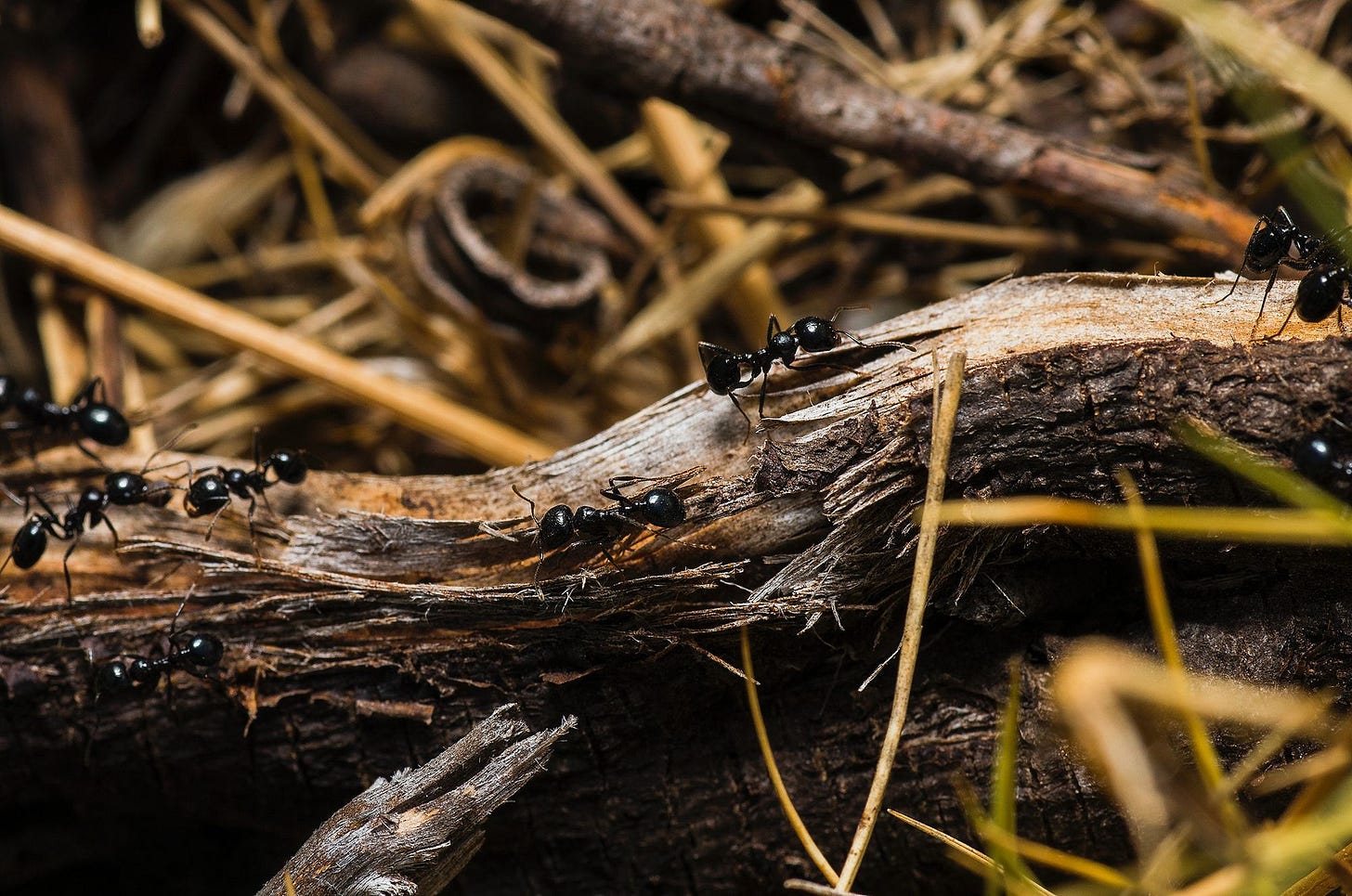Giants
Fighting giants with snakes in the butt
It recently came to my attention that "giant" is a really flexible term that can refer to people of a bunch of different sizes, from "on the tall side of human normal" to "so big their footsteps formed the Great Lakes." I wanted to update my understanding of the relationship between "real" giants and "mythic giants" so I did a little digging...
Quick Fac…
Keep reading with a 7-day free trial
Subscribe to Manuscriptions to keep reading this post and get 7 days of free access to the full post archives.

